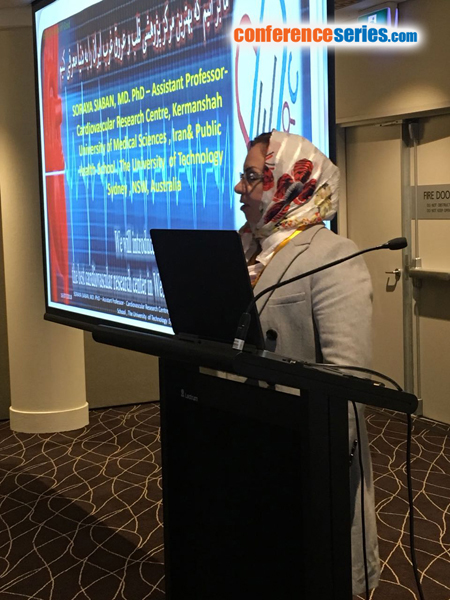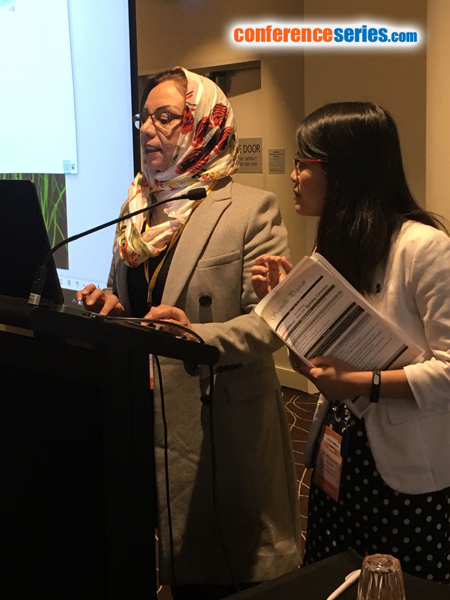Soraya Siabani
Kermanshah University of Medical Sciences, Iran
Title: Is any sex-specific difference in diabetes adverse effects on the outcomes of patients with myocardial infarction? A cohort study in western Iran
Biography
Biography: Soraya Siabani
Abstract
Aim: To test the association between the outcome of ST-Elevation Myocardial Infarction (STEMI) in diabetic and non-diabetic men and women in comparison.
Methods: This paper presents the results of a part of an on-going cohort-registry (a single centre prospective observational) study conducted in western Iran. Patients meeting the inclusion criteria; clinical history consistent with myocardial infarction; Electronic Cardiograph (EKG) demonstrating ST-elevation myocardial infarction and >18 years old- have been registered from 1st July 2016. Those do not will to participate and those who die before data collection have been excluded. The baseline data was collected via patients’ interviewing, medical records and health information system. Using SPSS-applying descriptive statistics, t-test and logistic regression, the frequency, rates and associations between variables were estimated, whenever applied. The regressions and Odds ratios for outcomes variables were obtained adjusting for the likely contributing variables such as age.
Results: Among 925 patients recruited in the first year of study, data from 810 patients were eligible to undergo analysis for the current report. The ratio of female patients, 165 (20.4%) with the mean age of 66.15±11.30, was significantly less than male patients (p<0.0001). About 34% of women were diabetic, 63.6% hypertensive, 35.8% hypercholesterolemic and 13.9 % current smoker. The age-adjusted in-hospital death rate for women was more than two times (2.14 times) of men (p<001). The chance of in-hospital death for women has been increased by 1.04% for each year increasing their age. A significant positive linear relationship was between diabetes and death rate in all 810 patients (p=0.014, Odds=1.92). However, the variety for each group of males and females, separately, was not significant (p=0.095, Odds=1.78 for M, p=0.089, Odds=2.08 for F).
Conclusion: In western Iran, STEMI is significantly less frequent in females compared with males, however, it is extremely more health threating in females. Also, diabetes can worsen the outcomes of patients with STEMI, though the extent of this association needs more investigation.



